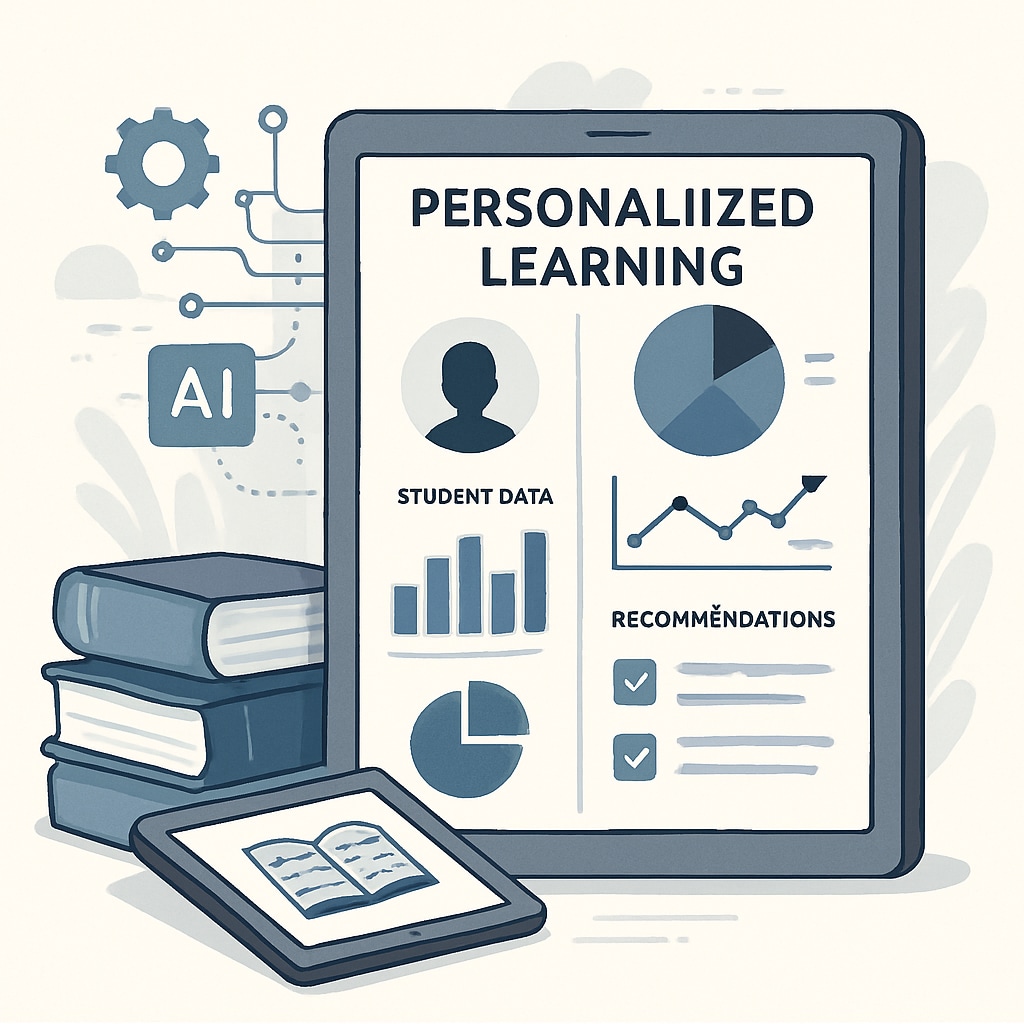Artificial intelligence (AI) is poised to revolutionize the education sector, particularly K12 learning environments, by reshaping personalized learning, assessment methods, and the role of educators. As AI technologies continue to evolve over the next 5-10 years, their integration into classrooms promises both opportunities and challenges. In this article, we explore how AI is transforming K12 education and paving the way for a new era in learning.
Personalized Learning Paths: Tailoring Education to Individual Needs
One of the most significant impacts of AI in education is its ability to create personalized learning experiences. AI-powered platforms can analyze student performance, identify strengths and weaknesses, and recommend tailored learning materials. For example, systems like adaptive learning software adjust the pace and content based on a student’s progress, ensuring that no learner is left behind.
Moreover, AI can provide real-time feedback, allowing students to address gaps in understanding immediately. By leveraging these tools, educators can focus on fostering creativity and critical thinking rather than spending excessive time on repetitive tasks.

Transforming Teachers’ Roles: From Instructors to Facilitators
AI’s integration into K12 education is redefining the traditional role of teachers. Instead of acting solely as instructors, educators are now becoming facilitators and mentors in AI-driven classrooms. This transition allows teachers to focus on emotional intelligence, leadership skills, and problem-solving capabilities, which cannot be replicated by machines.
For example, AI can handle administrative tasks such as attendance tracking and grading, freeing teachers to engage more deeply with students. As a result, educators can concentrate on guiding learners through complex challenges and fostering collaboration.

Innovative Assessment Methods: Moving Beyond Standardized Tests
Traditional assessment methods, such as standardized testing, often fail to capture the full spectrum of a student’s abilities. AI is introducing innovative approaches to evaluation by using data-driven insights to assess critical thinking, creativity, and problem-solving skills. For instance, AI can analyze written essays for depth of thought or track progress in project-based learning environments.
These advanced assessment tools not only provide more accurate evaluations but also help students understand their unique learning styles. Educators can use the insights to tailor teaching strategies, ultimately improving educational outcomes.
As these assessment methods become more prevalent, they might also address disparities in education by reducing biases that can exist in traditional grading systems.
Opportunities and Challenges in AI-Driven Education
While AI offers immense potential for improving K12 education, it also presents challenges that must be addressed. On the one hand, AI can democratize access to quality learning resources and bridge gaps in underserved communities. Platforms like Khan Academy and Duolingo already demonstrate the power of AI in providing free, accessible education globally (Khan Academy on Wikipedia, Duolingo on Britannica).
On the other hand, ethical concerns related to data privacy and the potential for algorithmic bias require careful consideration. Education leaders must collaborate with technologists to ensure that AI tools are equitable and transparent.
Finally, there is the challenge of integrating AI into schools with limited resources. Governments and private organizations will need to invest in infrastructure and training to make AI-driven education a reality for all students.
Conclusion: Embracing AI for a Smarter Future
As artificial intelligence continues to advance, its role in K12 education will grow exponentially. From personalized learning paths to innovative assessments and new teacher roles, AI is set to transform traditional classrooms into dynamic, adaptive learning environments. However, stakeholders must address ethical, logistical, and financial challenges to ensure equitable access and successful implementation.
The future of K12 education is undoubtedly intertwined with AI innovation, and embracing this transformation could unlock new possibilities for learners worldwide.
Readability guidance: Use short paragraphs and lists to summarize key points; focus on clear transitions between ideas. Ensure balanced sentence length and active voice wherever possible.


